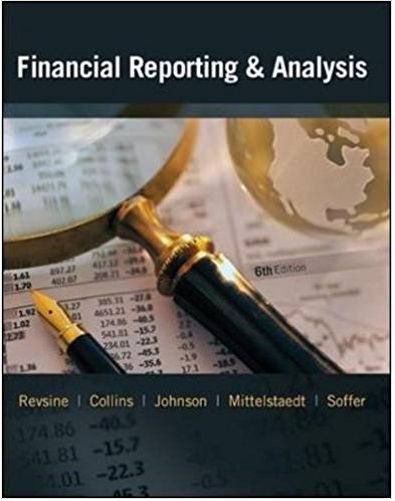The following information is based on an actual annual report. Different names and years are being used.
Question:
-1.png)
The assumed discount rates used to determine the benefit obligation as of December 31, 2015 and 2014, were 7.75% and 6.75%, respectively. The fair value of plan assets excludes $9 million and $7 million held in a grantor trust as of December 31, 2015 and 2014, respectively, for the payment of postretirement medical benefits.
The components of other postretirement benefit costs, portions of which were recorded as components of construction costs for the years 2015, 2014, and 2013 follow:
-2.png)
The other postretirement benefit curtailment losses in December 2015 represent the recognition of $3,000 of additional prior service costs and a $27,000 increase in the benefit obligations resulting from special termination benefits.
The health care cost trend rates used to measure the expected cost of the postretirement medical benefits are assumed to be 8.0% for pre-Medicare recipients and 6.0% for Medicare recipients for 2015. Those rates are assumed to decrease in 0.5% annual increments to 5% for the years 2021 and 2017, respectively, and to remain level thereafter. The health care cost trend rates, used to measure the expected cost of postretirement dental and vision benefits, are level 3.5% and 2.0% per year, respectively. Assumed health care cost trend rates have a significant effect on the amounts reported for the health care plans. A percentage change of one point in the assumed health care cost trend rates would have the following effects:
-3.png)
Required:
1. Assuming an expected rate of return on plan assets for 2015 and 2014 of 8.8% and 9%, respectively, compute the missing amounts in the first table and determine the Net periodic benefit cost for years 2015 and 2014. (Round amounts to nearest million.)
2. Assuming that the employer submitted the $4,000,000 of participant contributions directly to the trust, show the journal entry that Bond would make to record its 2015 company (employer) contribution, Net periodic benefit cost, and AOCI effects.
3. Show that the 2015 journal entries result in a balance sheet pension asset (liability) equal to the funded status. Assume that the beginning 2015 balance equals the ending 2014 fundedstatus.
Balance sheet is a statement of the financial position of a business that list all the assets, liabilities, and owner’s equity and shareholder’s equity at a particular point of time. A balance sheet is also called as a “statement of financial...
Step by Step Answer:

Financial Reporting and Analysis
ISBN: 978-0078025679
6th edition
Authors: Flawrence Revsine, Daniel Collins, Bruce, Mittelstaedt, Leon





